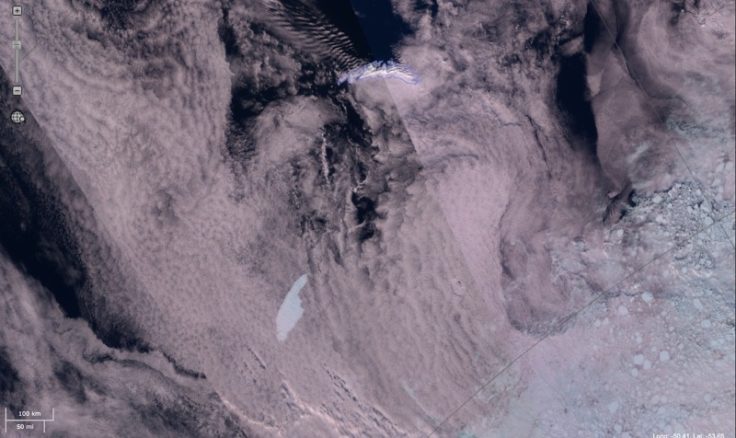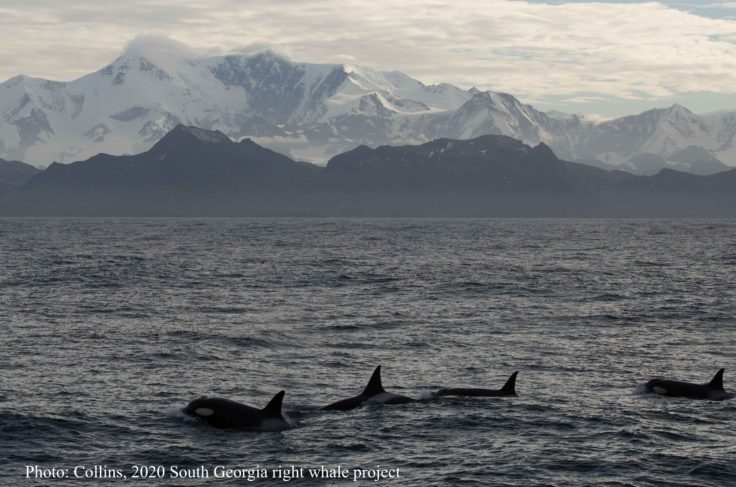An iceberg is heading towards the sub-Antarctic island of South Georgia. A68a – the size of the UK county of Somerset – broke off from the Larsen C ice shelf in 2017 and has been drifting north ever since. If it becomes grounded near the island, it could provide disruption to the local wildlife that forage in the food-rich ocean.

Professor Geraint Tarling, an ecologist at British Antarctic Survey, says:
"Ecosystems can and will bounce back of course, but there's a danger here that if this iceberg gets stuck, it could be there for 10 years. An iceberg has massive implications for where land-based predators might be able to forage.
"When you're talking about penguins and seals during the period that's really crucial to them – during pup- and chick-rearing – the actual distance they have to travel to find food (fish and krill) really matters. If they have to do a big detour, it means they're not going to get back to their young in time to prevent them starving to death in the interim."
However, there are benefits from the iceberg. It will bring enormous quantities of dust that will fertilise the ocean plankton in the water, and then cascade up the food chain.

Although satellite imagery suggests A68a could be on a direct path for South Georgia, it could continue north.
"Anything is possible, says BAS remote-sensing and mapping specialist Dr Peter Fretwell.
"The currents should take it on what looks like a strange loop around the south end of South Georgia, before then spinning it along the edge of the continental shelf and back off to the northwest. But it's very difficult to say precisely what will happen."
BAS Remote Sensing Manager Andrew Fleming said a request was going into the European Space Agency for more satellite imagery, particularly from its pair of Sentinel-1 radar spacecraft.
He says: "A68a is spectacular. The idea that it is still in one large piece is actually remarkable, particularly given the huge fractures you see running through it in the radar imagery. I'd fully expected it to have broken apart by now. If it spins around South Georgia and heads on northwards, it should start breaking up. It will very quickly get into warmer waters, and wave action especially will start killing it off."






